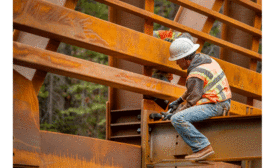Home » drug use
Articles Tagged with ''drug use''
NSC – along with more than 50 organizations – urges candidates to adopt the plan in full or use it to close gaps in existing strategies
Read More
A NIOSH Science Blog post
The role of veterinarians in the opioid crisis
November 26, 2019
Become a Leader in Safety Culture
Build your knowledge with ISHN, covering key safety, health and industrial hygiene news, products, and trends.
JOIN TODAYCopyright ©2025. All Rights Reserved BNP Media.
Design, CMS, Hosting & Web Development :: ePublishing




